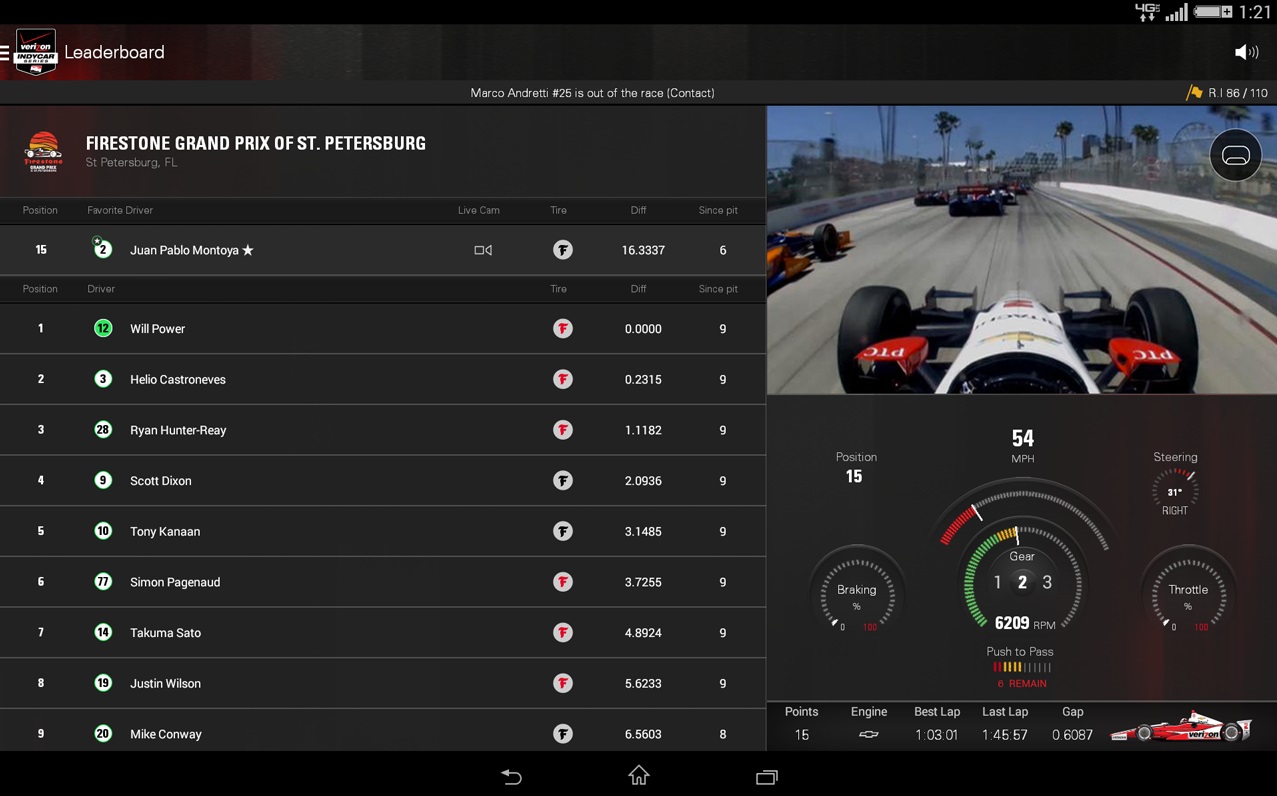Fundamentally, all gamers play for the experience. It therefore is incumbent on all developers to make sure the experiences they deliver are perfect. “Perfect” means that the application works exactly as it is supposed to work every single time someone plays it. Optimally, every app should work well all of the time, but bugs in mobile games, and the impact they have on the “experience”, are especially frowned upon by the users of those games.
Challenges specific to mobile games
Those who don’t play mobile games may not realize just how sophisticated these games are. Beyond graphics, gameplay factors and variables like adjusting the game for a single player compared to multiple players come into play. The success of a game as an app also depends on network synchronization, the ease of interaction between the software that runs the game and the hardware on which it runs, and game flow. Testing (and retesting) for all of the above and more is critical to bring the app to the final gamer experience of “perfect.”

Unlock premium content and VIP community perks with GB M A X!
Join now to enjoy our free and premium membership perks.
![]()

![]()